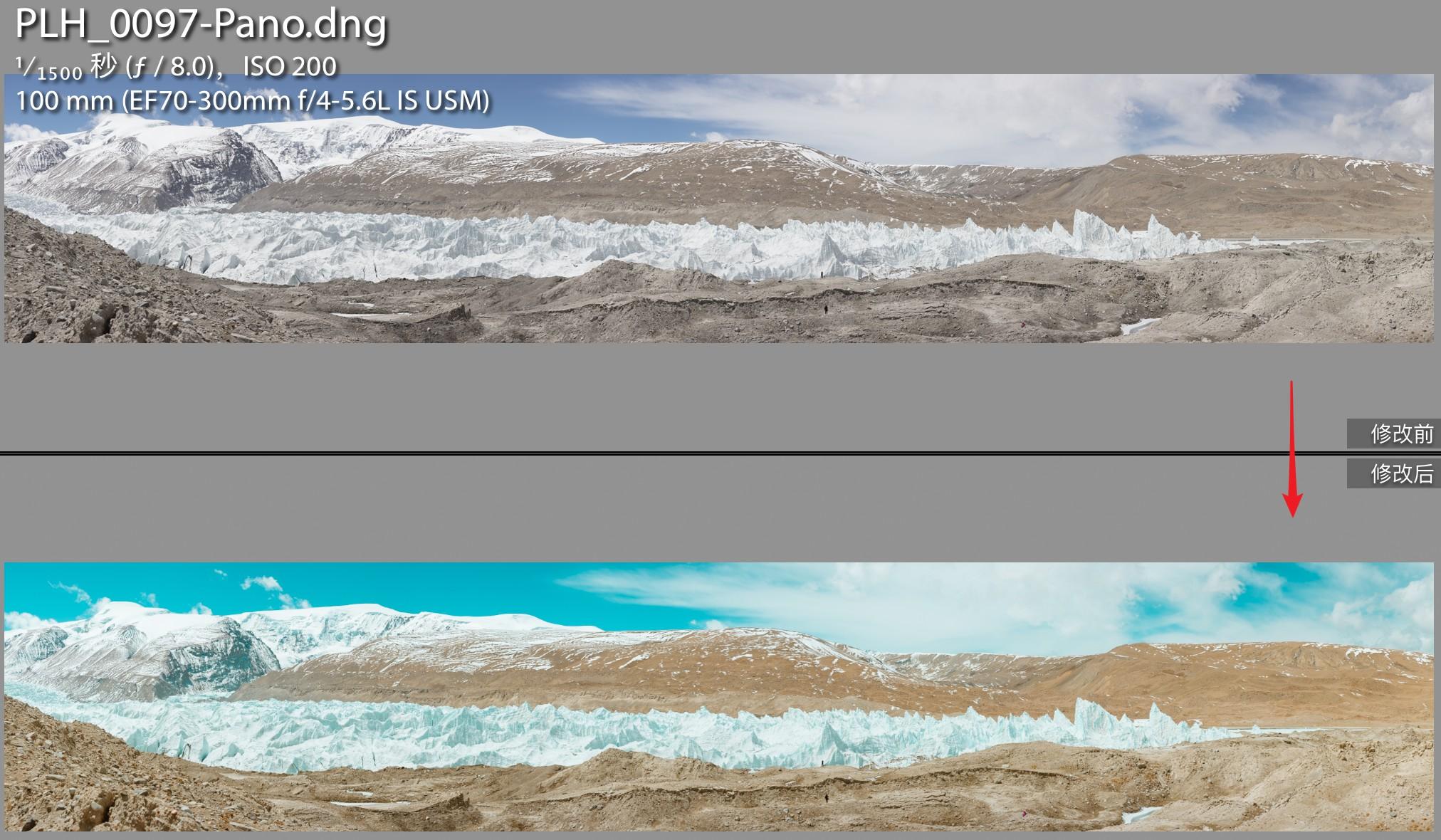
There was also a problem with a slow shutter speed, which introduced some motion blur in the longest exposure. In this image of redwood trees in a forest, the breeze moved some of the branches. Deghost Amount uses an algorithm to determine which of the bracketed shots to use if there is any movement (ghosts) between exposures.This can be useful, but since the settings are parametric, you can always change them later. Auto Tone applies the default auto-exposure corrections for the image.If you handhold the bracket, you really should use this option.

I use this all the time, even if I’ve shot the bracket on a tripod. Auto Align attempts to align images prior to merging.There are various options to choose from: This is handy if you are doing a lot of merges! However, if you add the Shift key to the preceding commands, you can bypass the Preview window and Camera Raw will do the merge with whatever settings you used last. Command+M (Mac) or Ctrl+M (Windows) will bring up the Merge to Panorama. The most selected image is also the one used to propagate EXIF metadata.įrom within Camera Raw you can use the shortcut key Option+M (Mac) or Alt+M (Windows) to access the Merge to HDR. If you do multiple HDR merges, the later merges receive a number to avoid overwriting the previous –HDR file. The merge function produces a new DNG based on the most selected image’s filename and appends a –HDR to the filename. You’ll see that the “most selected image” is at the bottom. Once in Camera Raw, select the images you want to merge and use the flyout menu at the top of the filmstrip, as shown in Figure 3.81. To do an HDR merge in Camera Raw, you must first select multiple images in Bridge and open the images in the Filmstrip mode in Camera Raw. However, the results are actually very good. It should also be noted that the UI functionality offers very little control compared to third-party applications dedicated to HDR and pano merging. Hopefully, that will change in the future. At this point the engineers have said this is due to performance issues, and you can’t zoom into the preview. There are some limitations: the preview is limited to 2048 pixels in the long dimension if you’re using a Retina-type, high-resolution display or 1024 pixels when using a normal display.
PTGUI SAVE AS DNG WINDOWS
However, both Preview windows behave the same way with the same options and limitations. The manner of accessing those features is different. Now you can do that directly in Lightroom and Camera Raw.īoth Lightroom and Camera Raw use the same functionality and UI. In the old days (before Lightroom CC/6 and ACR 9), if you wanted to do an HDR or pano merge, you had to first take your images into Photoshop.

Digital Negative, The: Raw Image Processing in Lightroom, Camera Raw, and Photoshop, 2nd Edition


 0 kommentar(er)
0 kommentar(er)
